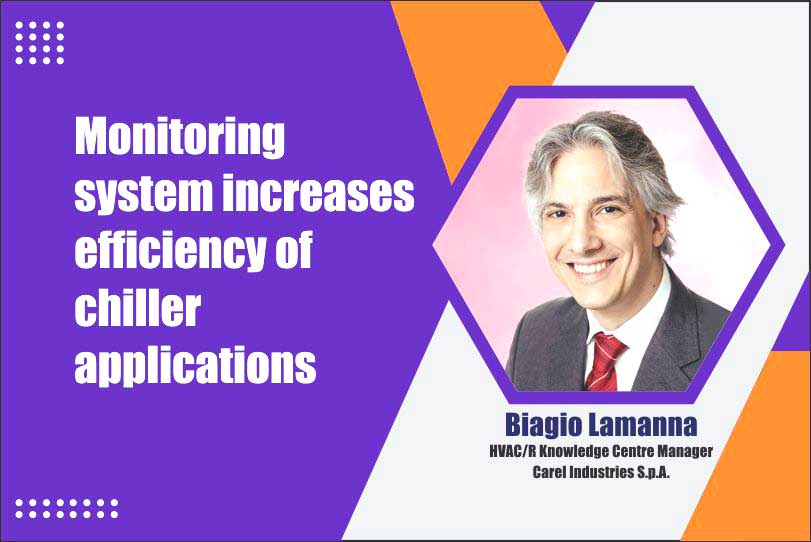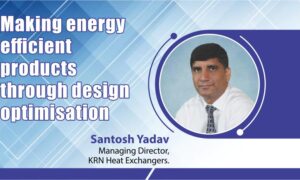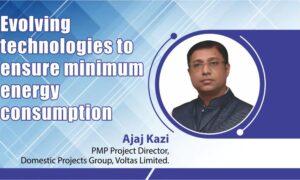With a wide temperature span between night and day and between seasons, water cooled chillers are the best choice.
Benefits of chiller and cooling tower working together
A cooling tower can provide both a water cooling system for a water condensed chiller and a “free cooling” alternative to the chiller when the weather conditions are favourable. Both alternatives provide an increase in overall system efficiency compared to systems such as dry coolers. Which of the two alternatives is more beneficial depends on the system layout and application.
Choosing application of air cooled chillers and water cooled chillers to obtain better efficiency in a cooling tower
At first, the choice must be made according to the expected climate conditions. With a wide temperature span between night and day and between seasons, water cooled chillers are the best choice. On the other hand, a more constant temperature throughout the year makes the use of air to-water chillers more beneficial. System layout, chiller positioning in the building, noise level constraints and the availability of water loops for different uses can also affect the choice.
Measures taken to sustain heat load, water wastage and energy efficiency in a chiller
Control electronics and accurate monitoring systems, better if provided with machine learning technology, are the best choice to increase efficiency of a chiller application and reduce wastage, both water and in the refrigeration system. The capability of the chiller to modulate its capacity and adapt to the current load is a second key factor. Variable capacity compressors driven by inverters, electronic expansion valves, electronic fans and pumps are the best technologies that help save a huge amount of energy in this HVAC application (as well as in others).
Energy efficient properties of a cooling tower with Digital Twin devices
For me, “Digital Twin” is a virtual mathematical model of a device, which may be a pump, a fan, or a more complex system such as a water chiller or a cooling tower. The efficiency properties of a “Digital Twin” device are the same as for a real device. For a fan, in example, the properties are power consumption and air flow. For a cooling tower, it is the range and approach.
Outlook for energy-efficient chillers with smart sensors in coming years
Smart sensors will be a key component of a more complete system based, as mentioned, on advanced control electronics and monitoring systems. The more information that can be collected from the field, the more accurate the analysis and implementation of neural network and machine learning based algorithms will be. The goal is to provide proactive analytics functions able to automatically optimise the HVAC/R application parameters and save energy without the need for manual action by operators.
Cookie Consent
We use cookies to personalize your experience. By continuing to visit this website you agree to our Terms & Conditions, Privacy Policy and Cookie Policy.














